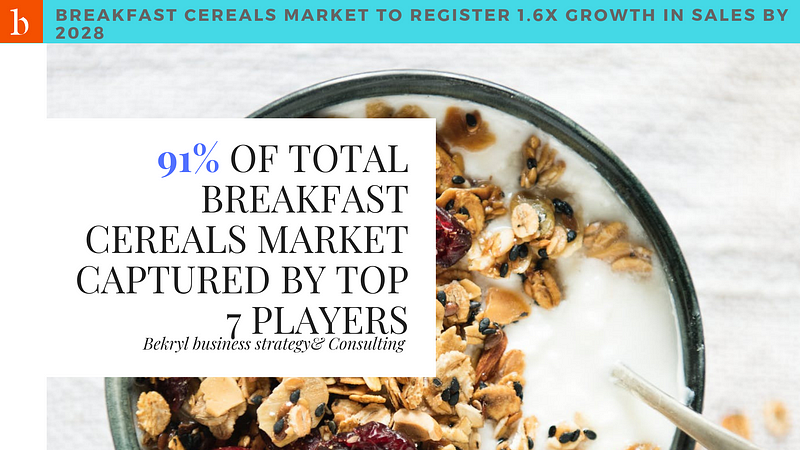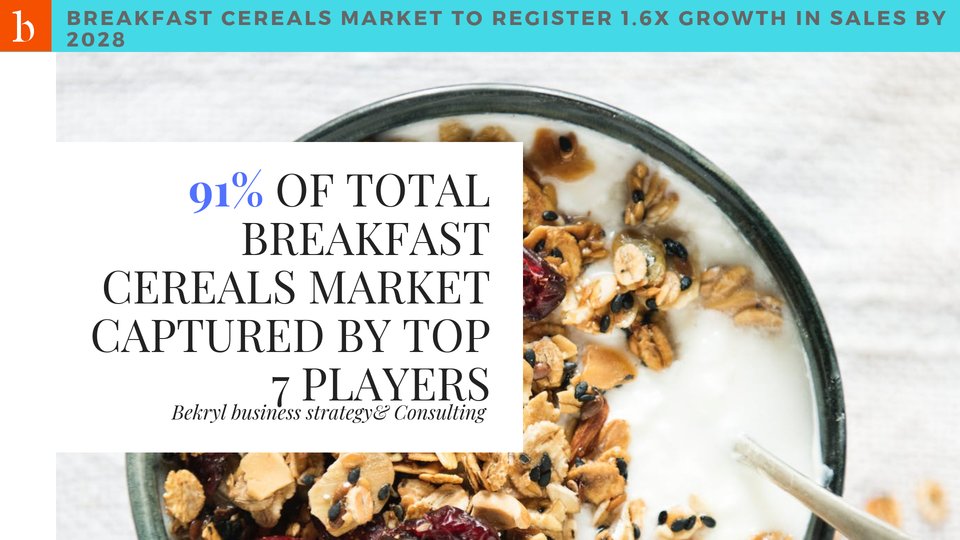Global Banana Flakes Market Size to Register 8.3% Growth Between 2019 and 2028, finds Bekryl
Banana flakes market is growing at 8.3% CAGR and there exists a large market opportunity for players since majority of banana flakes sold are either unpackaged or goes off label. . Banana flakes is highly popular worldwide especially in South Asia and Africa. They are consumed as preferred snacks in the region. These flakes are basically derived from naturally ripened bananas.
As of 2018, the industry is highly fragmented with presence of numerous small scale players actively engaged in production and supply to local markets. Easy procurement and lower operational cost has led to emergence of these companies.
Get Banana Flakes Report Sample: PDF Sample 2019
Banana snacks is largely considered as traditional snacks, which in turn has led to higher sales of the product. The product is also enriched with nutritional qualities that makes it popular among consumers. It has high vitamin and mineral content including potassium, iron and magnesium. These are not only consumed as standalone product but also as smoothies, infant nutrition, bakery, and deserts.
In 2018, Asia Pacific region accounted for 59% of total banana flakes market revenue. Growth in the region is primarily attributed to higher consumption of banana flakes among consumers. There are many small and midsize companies active in the region. These companies market their product through general stores. In recent years, online channels has also gained immense traction. Online channel not only save the cost but also help in reaching out to maximum end-users, thereby giving a kind of equal platform for small size players.
Globally, most of banana flakes sales is carried out through general stores, followed by supermarkets and convenience stores. Presence of large number of general shops in emerging regions has led General stores to dominate the global share. The trend is however shifting towards hypermarkets and supermarkets. Shift in purchasing behavior is attributed to consumer preference to buy labeled products. Online sales will register fastest growth during the forecast period.
On the basis of type, organic banana flakes market is expected to register fastest growth during the forecast period. Consumers are inclining towards organic product owing to health benefits. Moreover, homemade banana flakes are organic based, which is primarily a first choice among consumers. Conventional banana flakes is therefore registering sluggish growth. Industry players are focusing on offering organic labeled banana flakes to gain market traction among consumers.
To gain detailed insights and know competitive scenario, visit: https://bekryl.com/industry-trends/banana-flakes-market-share-analysis




